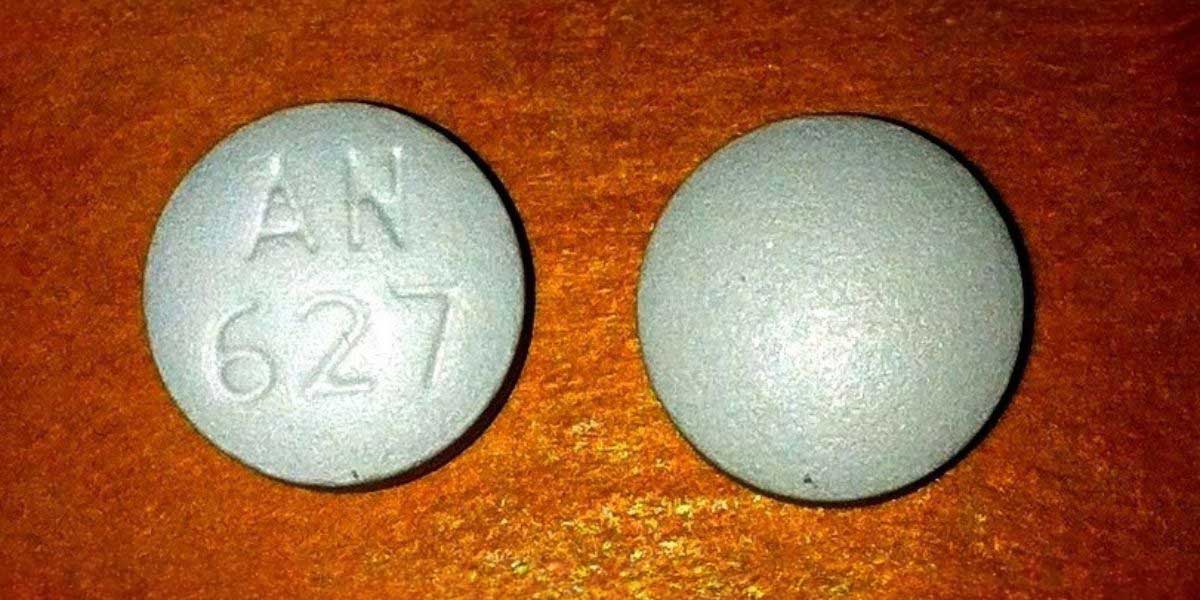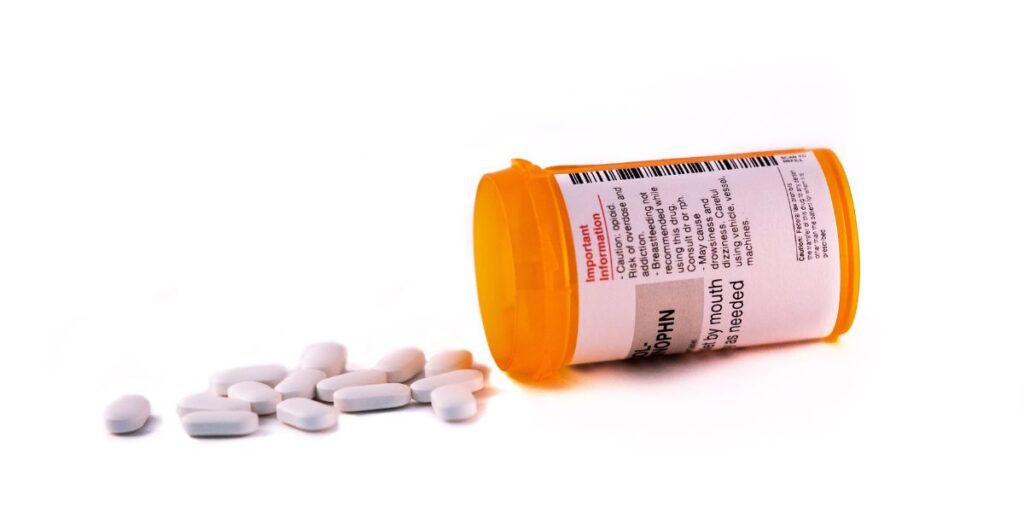Tramadol Addiction, Abuse, and Dependency


Medical Writer:
Reviewer:

Johnny Kim
Executive Psychotherapist
Medical Writer:
Reviewer:

Johnny Kim
Executive Psychotherapist
Tramadol, an opioid pain reliever, is used for the management of moderate to severe pain. Tramadol is a type of pain reliever that belongs to the opioid class of drugs, although it is not often discussed for abuse. This classification indicates that it targets opioid receptors to lessen pain. Still, it also carries a significant risk of dependency, adverse reactions, and withdrawal symptoms.
In the United States, Tramadol is a schedule IV drug, meaning it is less strong than many other opioids. This categorization often leads to the erroneous belief that it is safe and carries minimal risk.
Table of Contents
ToggleSince its introduction in 1995, Tramadol addiction has been a persistent issue. Even if you follow healthcare guidelines, using opioids for a long time can still lead to addiction. It’s important to know the signs of Tramadol addiction to avoid long-term dependence and get effective treatment.
What Is Tramadol?
Tramadol is a strong opioid pain medication used when other pain relievers don’t work.
Patients take Tramadol in both immediate-release and extended-release capsules orally. Tramadol is given for short-term pain relief, while extended-release Tramadol is used for long-term chronic pain control.
Tramadol is also marketed under several brand names, including:
- ConZip
- Ultracet
- Tramadex
- Ultram ER
- Ryzolt
- Ultram
Tramadol works by attaching to opioid receptors in the brain and central nervous system. This helps reduce and control the transmission of pain signals from the body to the brain.
A distinctive aspect of Tramadol is that it includes monoamine reuptake inhibitors, known by MRI, which influence the production of serotonin and norepinephrine. The body produces chemicals that help the brain and body communicate. These chemicals control important functions such as blood pressure, focus, memory, sleep, breathing, and hormones. The MRI component in Tramadol serves to mitigate the sedative and depressive effects typically associated with opioids.
Tramadol is the least powerful in the opioid painkillers category, working on opioid receptors to relieve pain. Contrary to more potent opioids like morphine and oxycodone, Tramadol doesn’t attach as firmly to these receptors.
In the US, Tramadol is categorized as a Schedule IV substance due to its reduced strength. Despite this, it still poses a risk of misuse or dependency, which could lead to substance abuse issues. Drugs also categorized under Schedule IV include:
- Ambien
- Xanax
- Valium
Doctors categorize tramadol abuse as an opioid use disorder and usually recommend professional treatment programs to address both psychological and physical dependence. Although, Tramadol overdoses don’t respond to Narcan as well as other opioid overdoses.

Tramadol Addiction
Tramadol dependency tends to increase with extended usage or when people consume more frequent and larger doses than prescribed. Tramadol addiction is common in the United States because people believe it is safer than other opioids. This misconception leads to more prescriptions being written for Tramadol.
Despite being less potent, Tramadol is an opioid that inherently carries risks of abuse and dependence. When combined with other prescription or illicit drugs, its potential for addiction is heightened.
Many people who have never abused drugs can become addicted to Tramadol. This often happens after they are prescribed the medication by a healthcare provider. They may become dependent on it over time.
Many people do not associate Tramadol with opioid addiction because it does not cause strong sedation or depressive symptoms. However, the side effects of Tramadol misuse will become more pronounced the longer it is used.
Tramadol Abuse and Dependency
Tramadol was approved for use in the US in 1995. Initially, it was sold as a non-controlled substance and then marketed as a less addictive option for treating moderate to severe pain compared to other opioid painkillers.
As more people used it, doctors noticed more cases of abuse and addiction. In response, the United States Drug Enforcement Agency (DEA) classified Tramadol as a Schedule IV drug in 2014. Current labeling includes warnings about its potential for addiction and abuse.
According to the DEA, narcotic addicts, people with chronic pain, and healthcare professionals are the groups most prone to abusing Tramadol.
Every year, the National Survey on Drug Use and Health (NSDUH) examines the use of drugs and alcohol nationwide. According to NSDUH, misuse is defined as any usage that deviates from a doctor’s prescription, such as taking the medication without a prescription, consuming larger doses or more frequent doses than directed, or using the medication in ways not recommended by a healthcare provider.
In 2018, NSDUH revealed that approximately 1.5 million people disclosed misuse of Tramadol. Yet, this figure might underrepresent the true scale of misuse because some people may conceal or deny their drug addiction or abuse.
Between 2005 and 2011, there was a 226% surge in visits to the emergency department linked to Tramadol. Tramadol was involved in 60% of the visits and was found in 40% of cases, sometimes with other substances.
Tramadol Addiction Signs and Symptoms
Recognizing Tramadol addiction can be difficult, particularly in patients who initially start using it for medical reasons.
Relying on Tramadol for needs is not the same as having a strong urge for it. People who depend on Tramadol can still live rewarding and engaging lives. Addiction can cause noticeable changes in behavior, health, and overall well-being as it gets worse.
Indications of Tramadol addiction include:
- Having intense desires for the drug
- Attempting to get extra prescriptions from various physicians
- Consuming more or stronger doses than recommended
- Isolating oneself socially
- Continuing usage despite detrimental health consequences
- Regularly seeming intoxicated or confused
- Depleting prescriptions prior to the planned refill date
- Undergoing withdrawal symptoms
- Obtaining Tramadol from acquaintances, relatives, or illegal outlets
- Unaccountable mood swings
- Development of serotonin syndrome
- Stockpiling the drug
Serotonin Syndrome
Serotonin is a chemical messenger that controls a range of body processes, such as focus, digestion, body heat, conduct, blood circulation, and respiration. Serotonin syndrome is a state that arises due to an overabundance of serotonin, usually triggered by a drug or a mix of medications, which overexcites the body. This can lead to various changes in mental status.
Consuming amounts of Tramadol or combining it with other medications and supplements may result in serotonin syndrome. Tramadol affects the nervous system, increasing serotonin levels in the body.
Serotonin syndrome is a drug reaction that may resolve on its own once the drugs are completely detoxified from the body. However, this condition can rapidly become life-threatening if drug mixing continues or dosages are increased.
Signs of serotonin syndrome include:
- Feeling bewildered
- Elevated blood pressure
- Rapid heart rate
- Rigid muscles
- Excessive perspiration
- Trembling
- Chill bumps
- Muscle spasms
- Severe headache
- Dilated pupils
- Extremely high temperature
- Convulsions
- Loss of consciousness
- Unresponsive state
If you notice symptoms of the syndrome that look similar to those of a Tramadol overdose, it’s crucial to consider it a serious medical issue and seek immediate medical help.
Medications that may interact with Tramadol and potentially cause serotonin syndrome include:
- SSRIs
- SNRIs
- MAOIs
- Tricyclic antidepressants
- Anti-migraine medications
- Herbal supplements
- Other opioid-based pain medications
- Lithium
- Cough and cold medications
- LSD
- MDMA, also known as ecstasy
- Cocaine
- Amphetamines

Tramadol Withdrawal Symptoms
Tramadol is an opioid that can lead to physical and mental dependence. Suddenly stopping use or too rapidly may lead to withdrawal symptoms.
To avoid dangerous and possibly fatal withdrawal symptoms, stopping Tramadol use requires a careful and expert strategy.
The length and strength of symptoms when stopping Tramadol can vary from person to person. Symptoms that might occur include:
- Agitation
- Muscle soreness and pain
- Longing for the substance
- Feeling sick
- Trouble sleeping
- Decreased hunger
- Worry and fear
- Perspiration
- Cold flashes
- Delusions
- Low mood
- Loose stools
- Vision impairment
- Migraines
- Disorientation
- Shaking
The severity and discomfort of withdrawal symptoms often result in relapses or deter individuals from attempting to quit. Medical experts advise undergoing medical detoxification, followed by suitable treatment programs, to safely and effectively address Tramadol withdrawal and addiction.
Tramadol Dependence Treatment
If you or someone you care about needs assistance with Tramadol addiction or a substance use disorder, support is accessible. At White Oak Recovery Center, our primary focus is your recovery. We guarantee a strong foundation for recovery from drug abuse by comprehensively treating every facet of your addiction through evidence-based rehabilitation.
Our treatment center offers medically supervised detox on-site for your comfort and privacy. During withdrawal and throughout your stay at our residential facility, you will receive around-the-clock medical care and support.
Our licensed and caring team of professionals will help you during your recovery journey. Contact us now to speak with a compassionate treatment specialist.

Am I covered for addiction treatment?
Your insurance may cover treatment. Call now for an entirely free and confidential assessment. Recovery starts with a phone call.

- Lanier, Ryan K. et al., “Physical Dependence Potential of Daily Tramadol Dosing in Humans.” Psychopharmacology (Berl), Sep. 2010.
- “Tramadol.” StatPearls: National Library of Medicine, Feb. 2024.
- “Tramadol (Trade Names: Ultram, Ultracet).” Drug Enforcement Administration, Feb. 2024.
- Reines, Scott A., et al., “Misuse of Tramadol in the United States: An Analysis of the National Survey of Drug Use and Health 2002-2017.” Substance Abuse: Research and Treatment, Jun. 2020.
- Bush, Donna M., “Emergency Department Visits for Adverse Reactions Involving the Pain Medication Tramadol.” Substance Abuse and Mental Health Services Administration, Center for Behavioral Health Statistics and Quality, 2015.
Medical Disclaimer:







